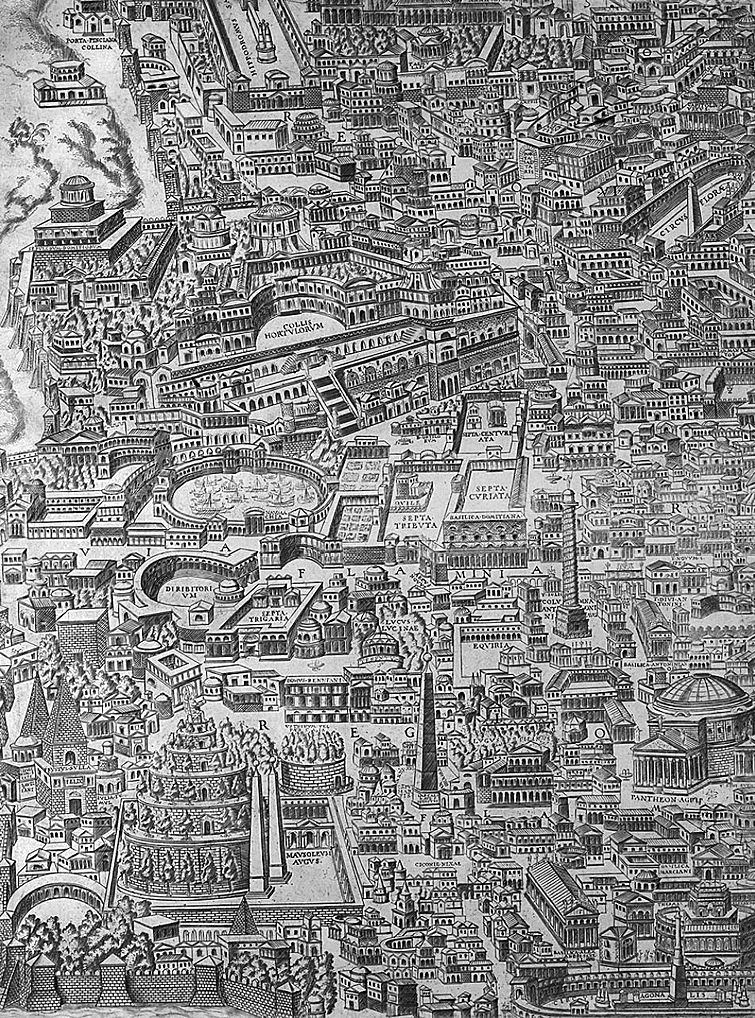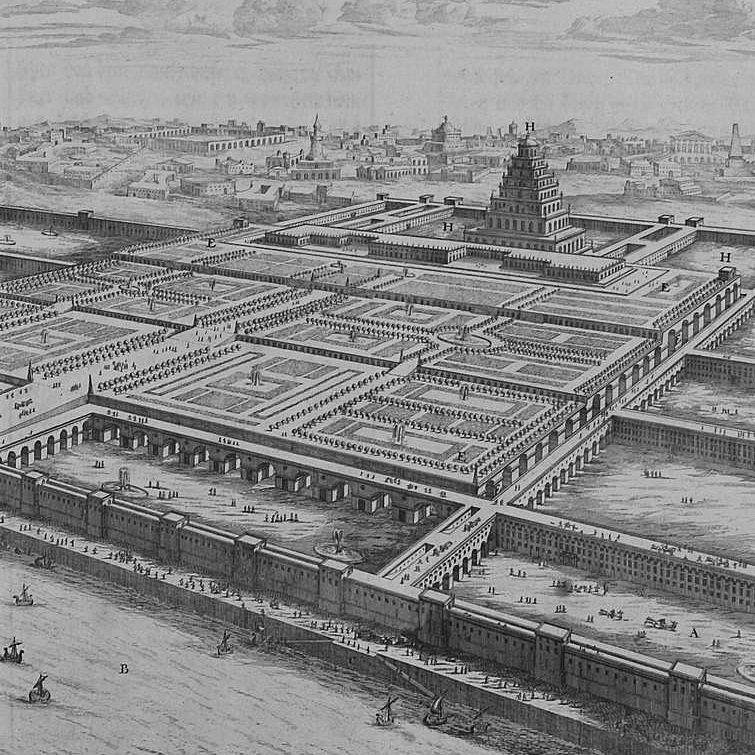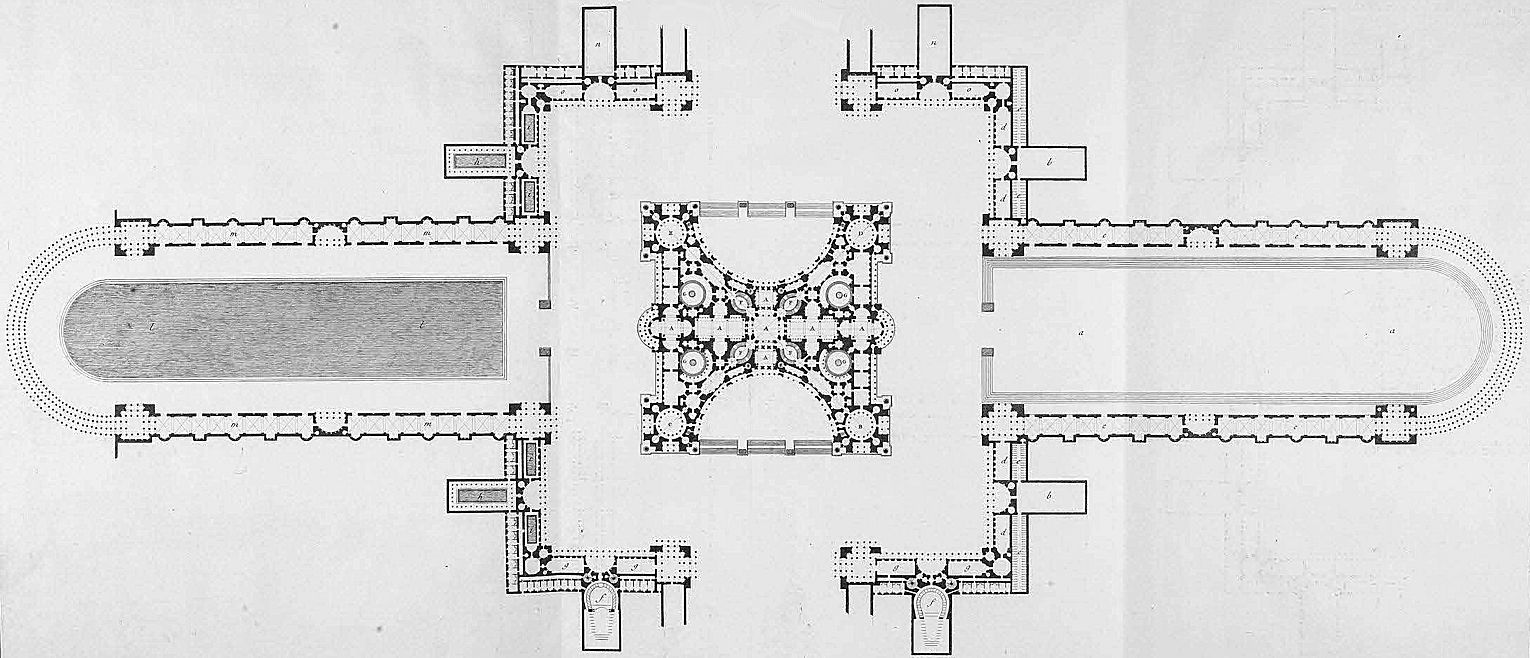piranesi |
1983 |
|
|
| While the origins of the Ichnographia can be traced back in a tradition of imaginative archaeology, pioneered by Pirro Ligorio in the 16th century and continued into Piranesi's youth by Fischer von Erlach, this visionary plan embodies a system of architectural composition which by itself is revolutionary in its consistency, as analysed by Vincenzo Fasolo in his seminar paper of 1956.21 Various ancient monuments, such as the Pantheon, the Imperial mausolea and the Theatres of Pompey and Marcellus, are taken as points of topographical reference in a seemingly limitless web of planning forms. (Significantly, the Ichnographia is represented by Piranesi as but a major fragment of a new Marble Plan clamped to a wall for our inspection.) Individual elements are extracted from antique structures, such as tombs, thermae and amphitheatres, and rearranged in a process of creative synthesis which anticipates to a remarkable degree the later forms of French neo-classical planning. |
|
| 21 V. Fasolo, Il «Campomarzio» di G. B. Piranesi, «Quaderni dell'Istituto di Storia dell'Architettura», n. 15, Rome 1956, pp. 1 ff. (see fig. 155). |
|
|
|
|
|
|
Quondam © 2021.10.24 |


